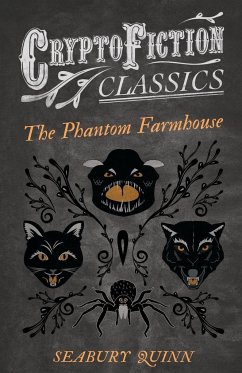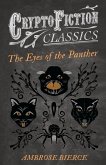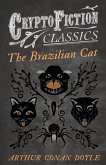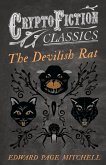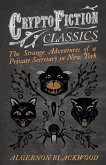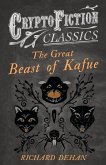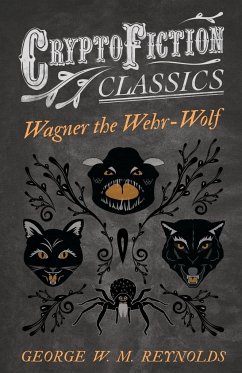This early work by Seabury Quinn was originally published in 1923 and we are now republishing it with a brand new introductory biography as part of our Cryptofiction Classics series. 'The Phantom Farmhouse' is a short story containing a lycanthropic mystery. Seabury Grandin Quinn was born in Washington D.C. in 1889. In 1910, he graduated from law school, and was admitted to the District of Columbia Bar. Quinn's stories were incredibly popular, and between the twenties and fifties he appeared in 'Weird Tales' magazine more times than both Robert E. Howard and H. P. Lovecraft. The Cryptofiction Classics series contains a collection of wonderful stories from some of the greatest authors in the genre, including Ambrose Bierce, Arthur Conan Doyle, Robert Louis Stevenson, and Jack London. From its roots in cryptozoology, this genre features bizarre, fantastical, and often terrifying tales of mythical and legendary creatures. Whether it be giant spiders, werewolves, lake monsters, or dinosaurs, the Cryptofiction Classics series offers a fantastic introduction to the world of weird creatures in fiction.

